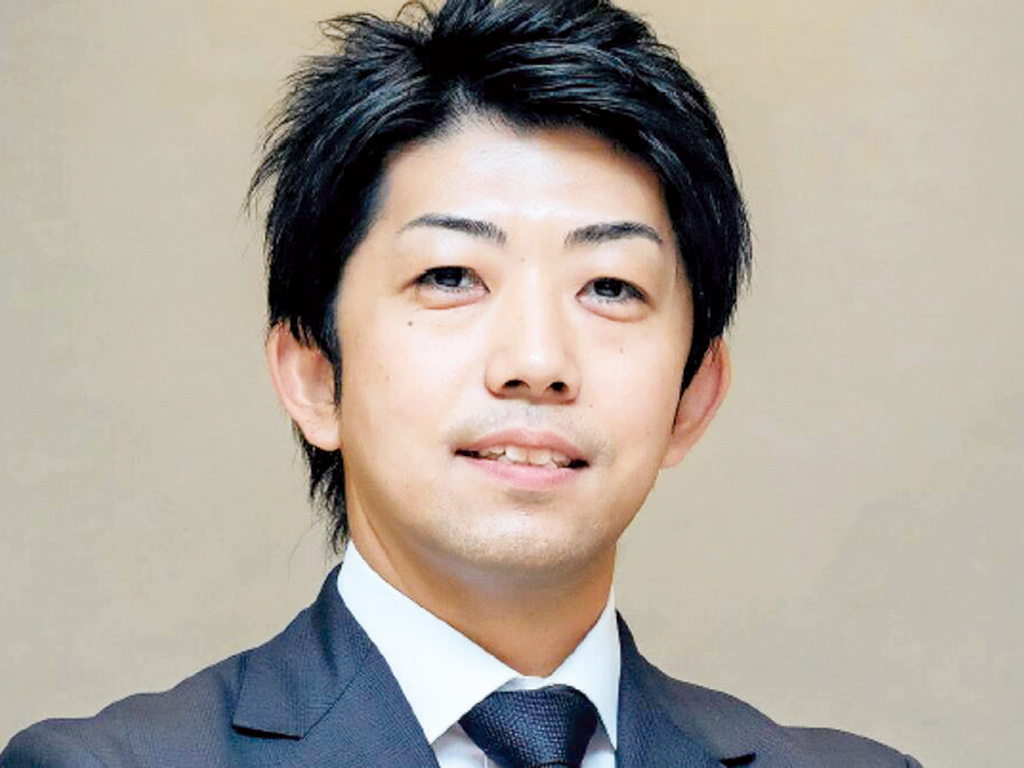The Land of the Rising Sun invites travellers to enjoy its four distinct seasons


December 2022 traffic from the Middle East into Japan is just 13.6 per cent below peak 2019 levels, proving that Japan is back on the tourism map since it opened in October last year.
JNTO opened its Middle East office in Dubai in late 2021, led by Daisuke Kobayashi, Executive Director, responsible for Israel, Turkey, and the Gulf Cooperation Council countries.
At the moment, we are focusing on Tokyo, Osaka and Kyoto, which are some of the most popular cities. Apart from this, the Yamanashi Prefecture is a haven of green just a few hours away from Tokyo city
– Daisuke Kobayashi
Last month, JNTO organized a Japan seminar in the Japanese Embassy and Consulate General, bringing together 50 local travel agencies with 5 Japanese suppliers who were flown in to promote their products and interact with these agencies.
“We have started our joint promotion with Emirates. This has been followed by collaborations with Etihad and Qatar Airways respectively, so we cover the whole region,” Kobayashi tells us.
The JNTO is deciding the main areas of focus/destinations for 2023 but before that Kobayashi has already started promoting what he feels is imperative for the market.
“At the moment, we are focusing on Tokyo, Osaka and Kyoto, which are some of the most popular and well- known destination cities. Apart from this, I would like to introduce the Yamanashi Prefecture, which is haven of green just a few hours away from Tokyo city. Similarly, from Osaka, I would like to specially mention the Mie Prefecture, which is a popular tourism destination home to Nagashima Spa Land, Suzuka International Racing Course, and some of the oldest and holiest sites of Japan. We will keep on adding to this list.”
The Tokyo head office of JNTO has announced a global national strategy for the promotion of the island country after Covid-19, Kobayashi tells us.
“The three-pronged strategy focuses on promoting outdoor activities and nature, sustainable travel and a luxury focus.
“Theme one – outdoor activity – stems from the wealth of nature in Japan. We have so many beautiful sceneries, the mountains, the oceans, green vistas to promote.
“The second is sustainable tourism, which is a strong ongoing trend in the world right now but also is endemic to the Japanese, who respect nature traditionally.
“The third theme is luxury travel, a focus on quality travellers over quantity. Before Covid hit, the number of our international tourists was skyrocketing and places such as Kyoto were suffering from overcrowding. The goal has shifted from mass to the luxury market as well and in this case, the Middle East market is more important than it ever was. This is also one of the key reasons why we decided to open our office here in the Middle East.”
Prior to the pandemic, Japan had seen a significant growth in tourism from the GCC countries.
According to the Japan National Tourism Organization (JNTO), the number of visitors from GCC countries to Japan has been increasing steadily over the past few years, reaching a record high of around 30,000 in 2019. The data shows that visitors from the United Arab Emirates (UAE) alone increased by 15 per cent in 2019 compared to 2018, making it the second largest market among GCC countries after Saudi Arabia.
One of the reasons for this growth in tourism is the increasing accessibility to Japan, with more direct flights and visa exemptions being introduced between Japan and GCC countries. For example, in 2019, Japan and the UAE agreed to introduce visa exemptions for Japanese and Emirati citizens, making it easier for travellers to visit each other’s countries.
Additionally, the JNTO also cites the increasing popularity of Japanese culture, particularly the traditional culture such as the Japanese style of flower arrangement called Ikebana, as well as pop culture like anime and manga, which has led to a growing interest in Japan as a travel destination among GCC visitors.
Emirates will resume its services to Tokyo-Haneda starting from April 2 this year, building back its Japanese network. Emirates’ return to Haneda will further boost the airline’s operations in the market, alongside its daily A380 service to Tokyo-Narita and a daily Boeing 777 service to Osaka.
The airline said in a statement that it remains committed to supporting Japan’s accelerated growth and recovery and has recently celebrated 20 milestone years of operations to Osaka – the country’ second largest metropolitan city after Tokyo.
Wego, a leading online travel marketplace in the region, has partnered with Japan National Tourism Organization (JNTO) to develop a campaign that will highlight the different aspects of Japan and showcase the best winter experiences.
“When it comes to traveling to Japan, many people think of the cherry blossom season in spring, but it is not the only attraction. Cherry blossoms in spring, green nature in summer, coloured leaves in autumn, and snow in winter. The greatest feature of Japan is the diversity that allows you to enjoy the natural scenery of each season and unique experiences throughout the year.
“Especially in winter, you can try skiing on the powder snow, which is said to be one of the best in the world, and enjoy hot pot dishes made with seasonal ingredients such as crabs and oysters. Please relax at hot springs. There are many ways to enjoy the winter season in Japan, and travellers will be able to discover its endless charm,” says Kobayashi.
